Eco-Friendly Cosmetic Bottles: Revolutionizing the Beauty Industry for a Sustainable Future
The beauty industry is undergoing a significant transformation as the demand for sustainable practices continues to rise. In particular, the shift towards eco-friendly cosmetic bottles is revolutionizing how brands approach packaging. According to a recent report by Grand View Research, the global green packaging market is projected to reach USD 500 billion by 2027, driven by heightened consumer awareness and governmental regulations aimed at reducing plastic waste.
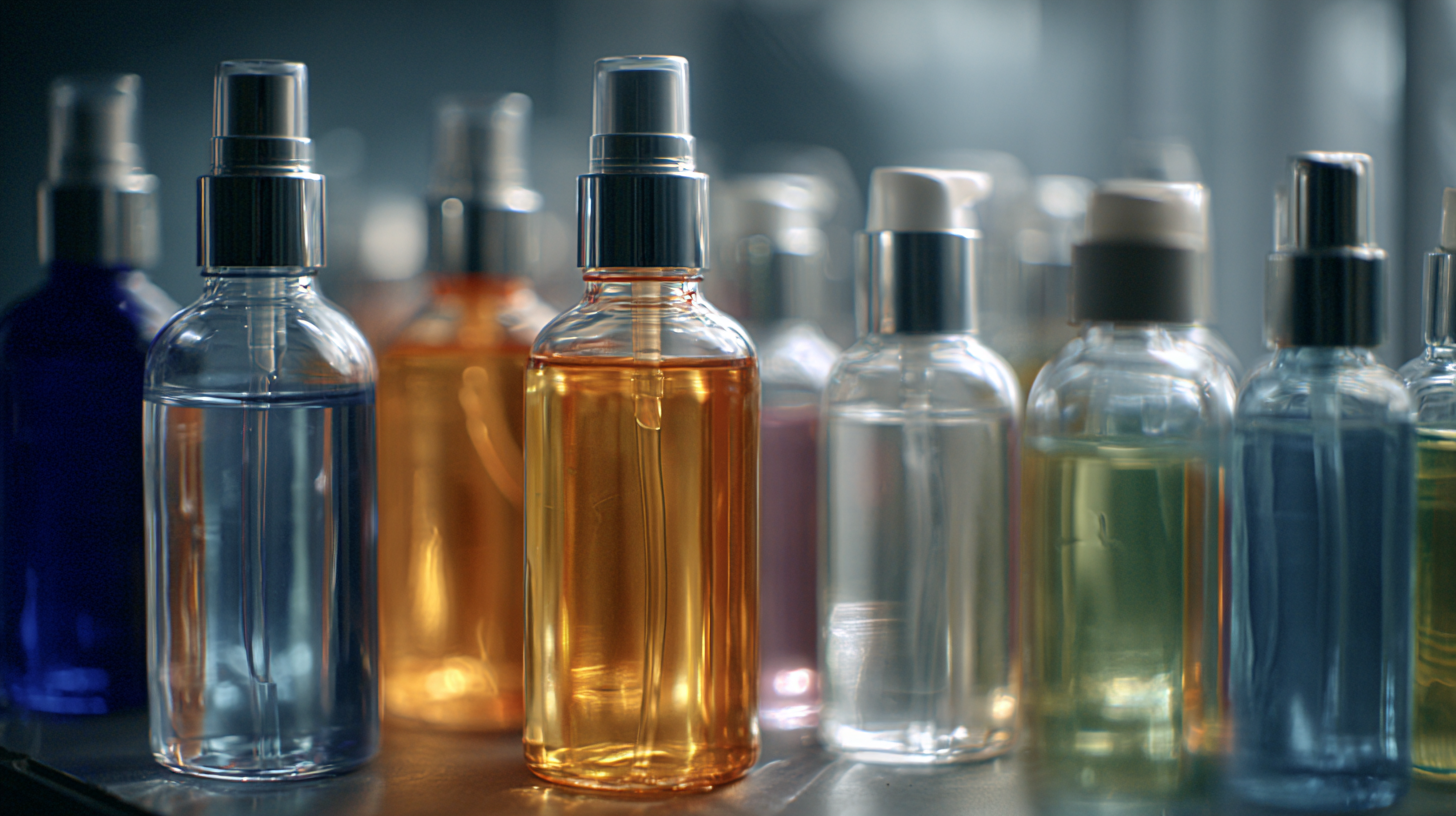
Cosmetic bottles, in particular, are under scrutiny, as they account for a considerable portion of packaging waste in the beauty sector. A study from Nielsen indicates that 66% of consumers are willing to pay more for sustainable brands, highlighting the shifting priorities of modern shoppers. As eco-friendly innovations in materials and designs are introduced, beauty companies are presented with a unique opportunity to enhance their brand image while contributing to a more sustainable future.
Embracing these changes not only aligns with consumer values but also plays a crucial role in the industry's overall environmental impact.
Innovative Materials: What Eco-Friendly Cosmetic Bottles Are Made Of
The beauty industry is witnessing a transformative shift towards sustainability, largely driven by the emergence of eco-friendly cosmetic bottles. These innovative containers are often crafted from materials like bioplastics, recycled plastics, and glass, which not only reduce environmental impact but also meet the growing demand for responsible packaging. According to a recent report by the Green Chemistry Initiative, the use of bioplastics in cosmetic packaging could reduce carbon emissions by up to 70% compared to traditional plastics. This reflects a significant opportunity for brands to enhance their sustainability efforts while appealing to environmentally conscious consumers.
Tips: When choosing eco-friendly packaging, look for bottles made from post-consumer recycled (PCR) materials. This helps close the recycling loop and reduces the need for virgin resources. Additionally, consider companies that utilize refillable or reusable bottle systems, which can drastically cut down on waste and encourage a more sustainable consumption pattern.
Furthermore, advancements in materials science have introduced innovative options like seaweed-derived plastics and mushroom-based packaging. As per the Sustainable Packaging Coalition, these materials not only offer biodegradability but also provide a unique aesthetic appeal that can differentiate brands in a crowded market. Embracing these innovative materials can enhance a brand's eco-credentials while contributing positively to the planet’s health.
Tips: Engage with brands that transparently share their material sources and sustainability practices. This transparency fosters trust and helps you make informed choices that align with your values.
Eco-Friendly Cosmetic Bottles: Revolutionizing the Beauty Industry for a Sustainable Future
| Material Type | Biodegradability | Recyclability | Source | Uses |
|---|---|---|---|---|
| Bioplastic | Yes, 60% in 180 days | Yes | Plant-based materials | Creams, serums |
| Glass | Yes | Yes | Silica (sand) | Oils, lotions |
| Post-Consumer Recycled Plastic | Partially | Yes | Recycled plastics | Shampoos, gels |
| Bamboo | Yes | Yes | Bamboo plants | Solid products, brushes |
Sustainable Manufacturing Processes: Reducing Environmental Impact
The beauty industry is undergoing a transformative shift towards sustainability, particularly in its manufacturing processes. Recent studies indicate that the cosmetic sector contributes to over 120 billion units of packaging waste each year, a substantial portion of which is non-biodegradable. In response, brands are now prioritizing eco-friendly materials and greener manufacturing technologies. For instance, companies are increasingly adopting biodegradable plastics and recycled materials for their cosmetic bottles, significantly reducing their environmental footprint. A 2023 report from the Global Cosmetic Industry reveals that over 80% of consumers prefer brands that demonstrate sustainability, making eco-friendly packaging not just a trend but a consumer demand.
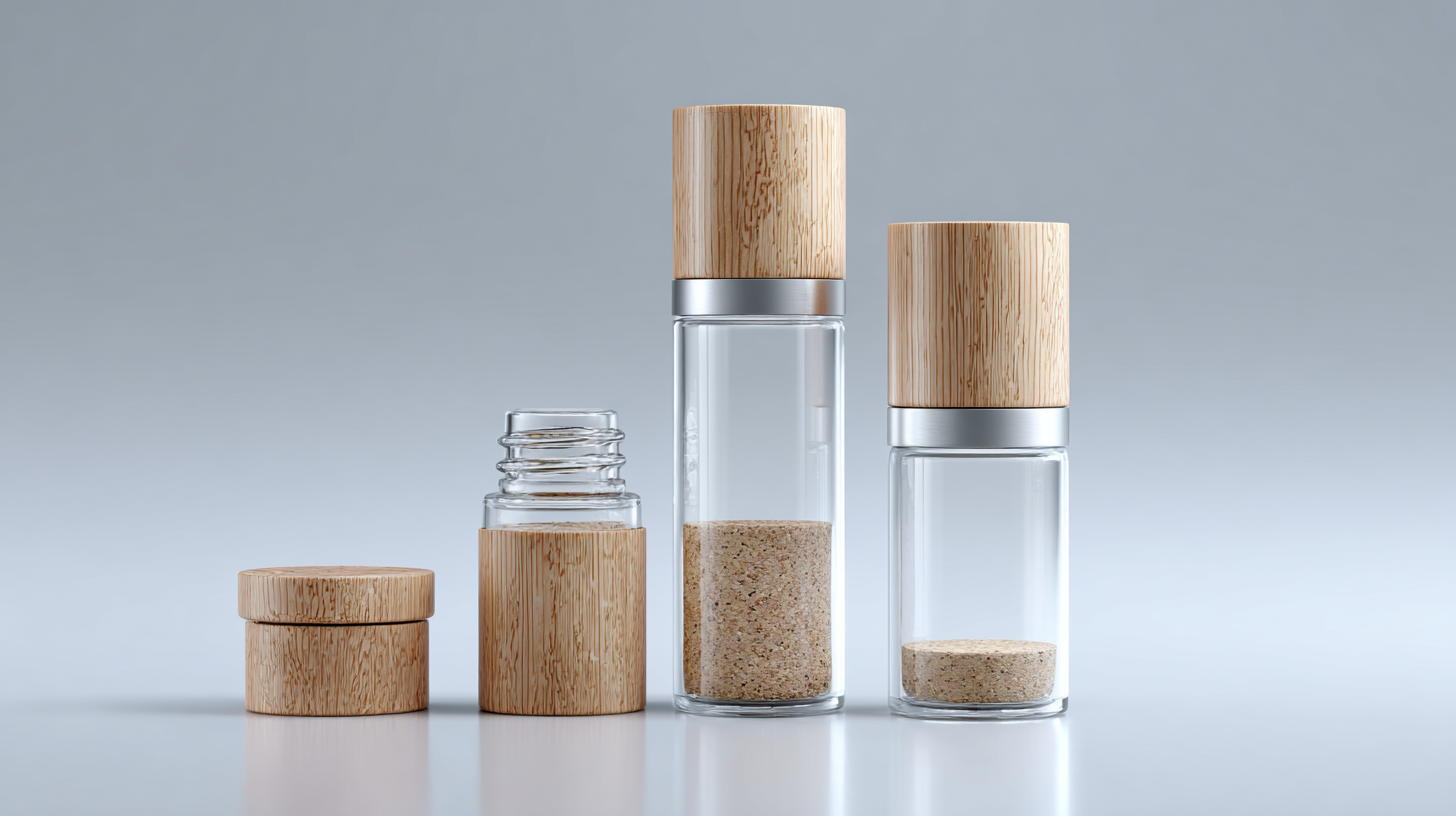
Moreover, sustainable manufacturing processes are reshaping the production landscape. Many beauty brands are investing in renewable energy sources and water-efficient practices to minimize resource consumption. Data from the Environmental Protection Agency highlights that the production of sustainable packaging can lead to a reduction of greenhouse gas emissions by up to 50%. This shift not only mitigates environmental impact but also enhances a brand's reputation among eco-conscious consumers. As the beauty industry embraces sustainable practices, it paves the way for a circular economy where products are designed with their entire lifecycle in mind, enabling a healthier planet for future generations.
Recyclability and Biodegradability: Why They Matter in Cosmetic Packaging
The beauty industry is undergoing a significant transformation as brands increasingly recognize the importance of recyclability and biodegradability in cosmetic packaging. According to a recent report by Grand View Research, the global biodegradable cosmetics packaging market is expected to reach $70.2 billion by 2027, growing at a CAGR of over 6% from 2020. This shift reflects a broader consumer demand for sustainable products, with 73% of millennials willing to pay more for brands committed to sustainability.
Recyclable packaging not only reduces waste but also conserves resources by allowing materials to be repurposed. The Ellen MacArthur Foundation reports that only 14% of plastic packaging is collected for recycling globally, highlighting a critical area for improvement within the industry. Many cosmetic companies are now investing in innovative materials like recycled plastics, glass, and plant-based alternatives, which can significantly decrease their environmental impact. In the realm of biodegradability, brands are exploring bioplastics derived from organic materials that can decompose without leaving harmful residues, addressing both consumer concerns and regulatory pressures for eco-friendly packaging solutions.
Consumer Awareness: The Role of Shoppers in Promoting Sustainable Beauty
As the beauty industry increasingly prioritizes sustainability, consumer awareness plays a crucial role in driving change. According to a report from the GlobalWebIndex, approximately 54% of consumers are willing to pay more for products that are environmentally friendly. This growing demand for eco-conscious products has prompted brands to innovate, leading to the introduction of biodegradable and recyclable cosmetic packaging.
Shoppers' preferences are influencing companies to adopt sustainable practices. A study by McKinsey highlights that 66% of consumers consider sustainability to be an important factor when making purchasing decisions. This shift is not just a trend, but a movement towards a more responsible beauty industry, where consumers actively seek brands that align with their values.
By choosing eco-friendly cosmetic bottles and supporting brands committed to sustainability, shoppers are not only enhancing their beauty routines but also contributing to a healthier planet.
Future Trends: The Next Wave of Eco-Friendly Packaging Solutions
The cosmetic packaging market is undergoing significant transformation, driven by a growing demand for sustainable solutions. Over 70% of cosmetic brands are adopting eco-friendly packaging to align with consumer preferences. As regulations become stricter and environmental awareness increases, the shift towards sustainable packaging is becoming a crucial factor in the industry’s growth. The sustainable packaging equipment market is projected to reach approximately $157.6 billion by 2024, with an expected CAGR of 7.3% from 2025 to 2034.
Innovative materials are emerging as key trends within the eco-friendly packaging landscape. Mycelium-based packaging, valued at $8.49 million in 2024, is anticipated to grow at a CAGR exceeding 9.4% between 2025 and 2034, fueled by the demand for sustainable and biodegradable options. Additionally, the incorporation of advanced technologies such as AI in packaging solutions is gaining traction, with an expected market growth of over 10.1% CAGR from 2025 to 2034. As the beauty industry pivots towards environmentally conscious practices, these developments signify a promising future for eco-friendly packaging solutions.

Related Posts
-

Empowering Global Buyers with Top Quality Cosmetic Bottles from Leading Chinese Manufacturers
-

Unlocking the Advantages of Premium Cosmetic Bottles for Your Brand
-
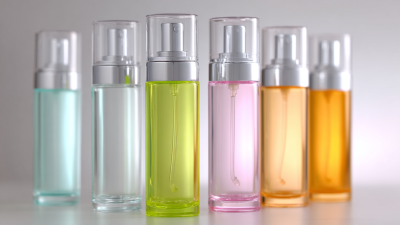
Innovative Designs in Best Cosmetic Bottles for Global Buyers
-

5 Best Strategies for Innovative Product Packaging Solutions in 2023
-
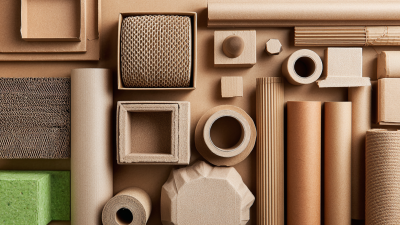
Exploring Eco Friendly Alternatives in Best Packaging Supplies
-
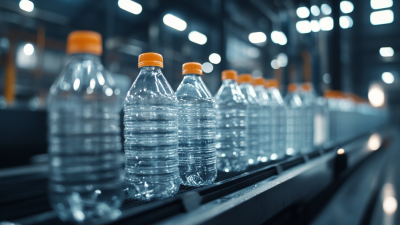
Exploring the Global Landscape of Plastic Bottle Manufacturers and Their Impact on Sustainable Packaging Solutions
CONTACT US
|
